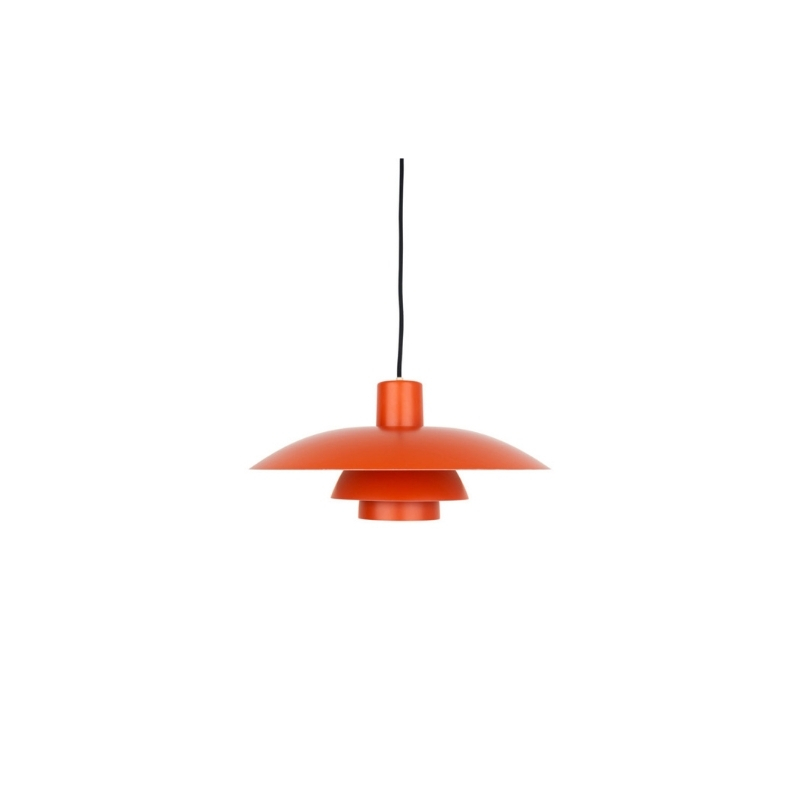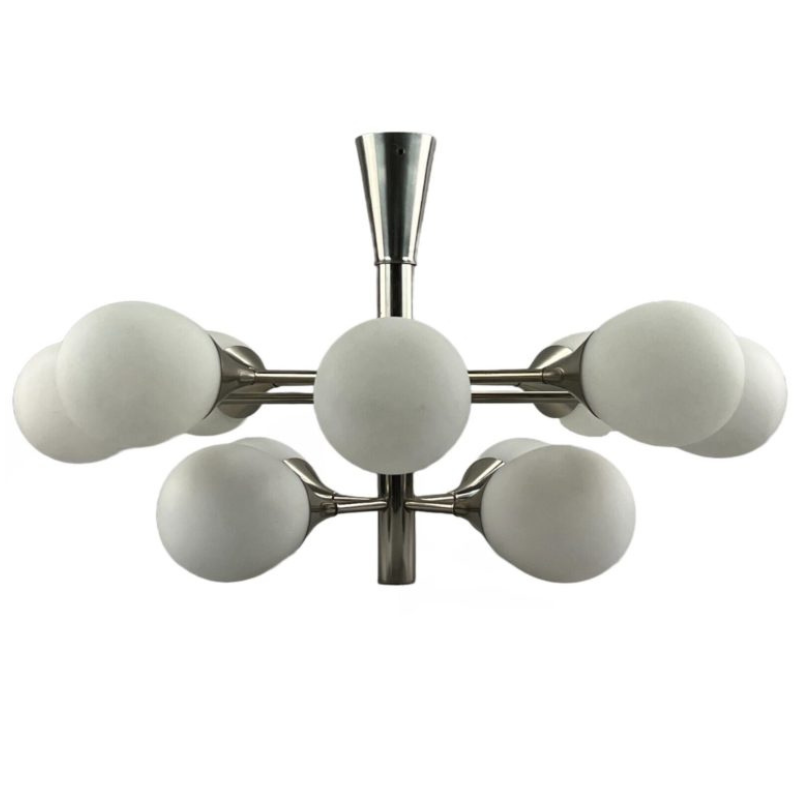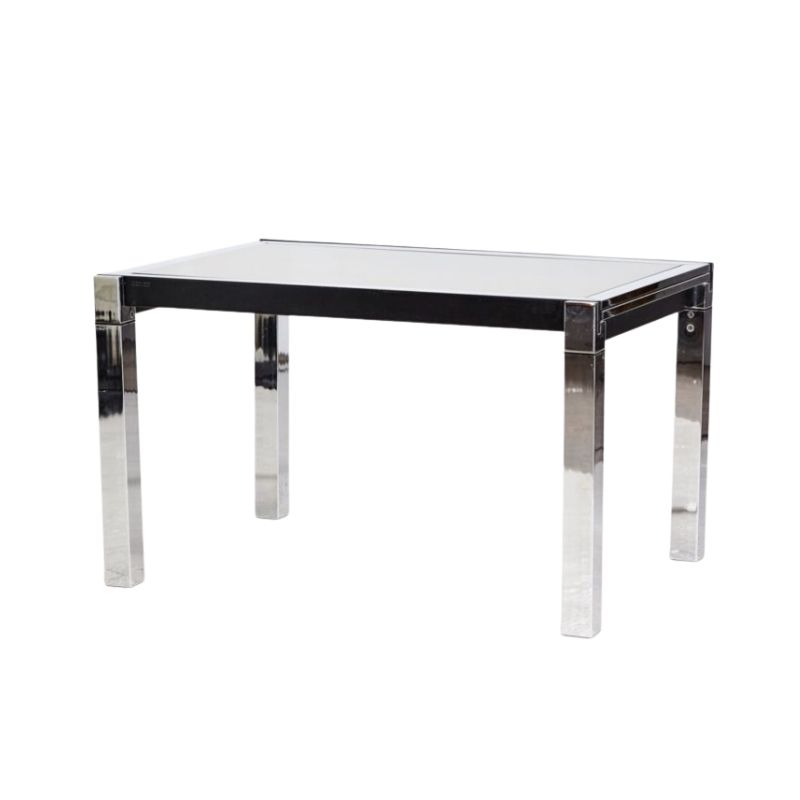Found a fifties sidetable in the form of a painterspalet.
The formica top is badly damaged on one side + the sheet has come off the wooden board.
This base in itself has become so brittle that I'm thinking of making a new top, tracing the old form to a new piece of wood.
If I decide to go for mdf, can I glue a new sheet of formica to one side of the board (the upper)?
I read somewhere that a piece of wood allways has to be treated equally both sides. But on a small surface like this and with a (stable) material as mdf...?
You are on the right track...
Yes even a board in MDF should be balanced in other words the under side of the table should be glued with Formica or any other stratified phenol/melamine surface material. All manufacturers like Formica, Arborite etc sell a neutral surfacing material to balance their regular assortment.
Not doing it is one of the main reasons why regular kitchen counters have to be replaced so often and for no other reason than the surface lifting in the corners and around the sink.
Both phenol formaldehyde and melamine formaldehyde do not stop stratifying after they have been produced. The stratification rate goes down substantially but does not stop. The result is that the material hardens more and more but also that it becomes brittle and shows a lot of tension.
Thanks for the technical...
Thanks for the technical input, Koen, very usefull!
The top as it is has sloping edges, like the ones seen on Saarinens plywood tops (tulip). I would like to keep it that way, sticking a sheet underneath will look a bit weird.
Are there other materials, with maybe the same qualities but more stable in nature?
I'm looking for something with a satin-almost glossy finish and it has to be rather thin (so I can cut it myself).
Warpage
is definitely a mysterious effect -- sometimes it happens and sometimes not. But to be on the safe side, the reverse of any panel made of a wood product should be balanced with a similar material, process and/or finish. One constant is that, once bent, the panel is very unlikely to return permanently to flatness.
The Saarinen top could have a piece of laminate (on the back) which is cut neatly just short of the bevel. This could be routed to that line after application. I expect that might be how the factory did it.
If you need any help, please contact us at – info@designaddict.com









